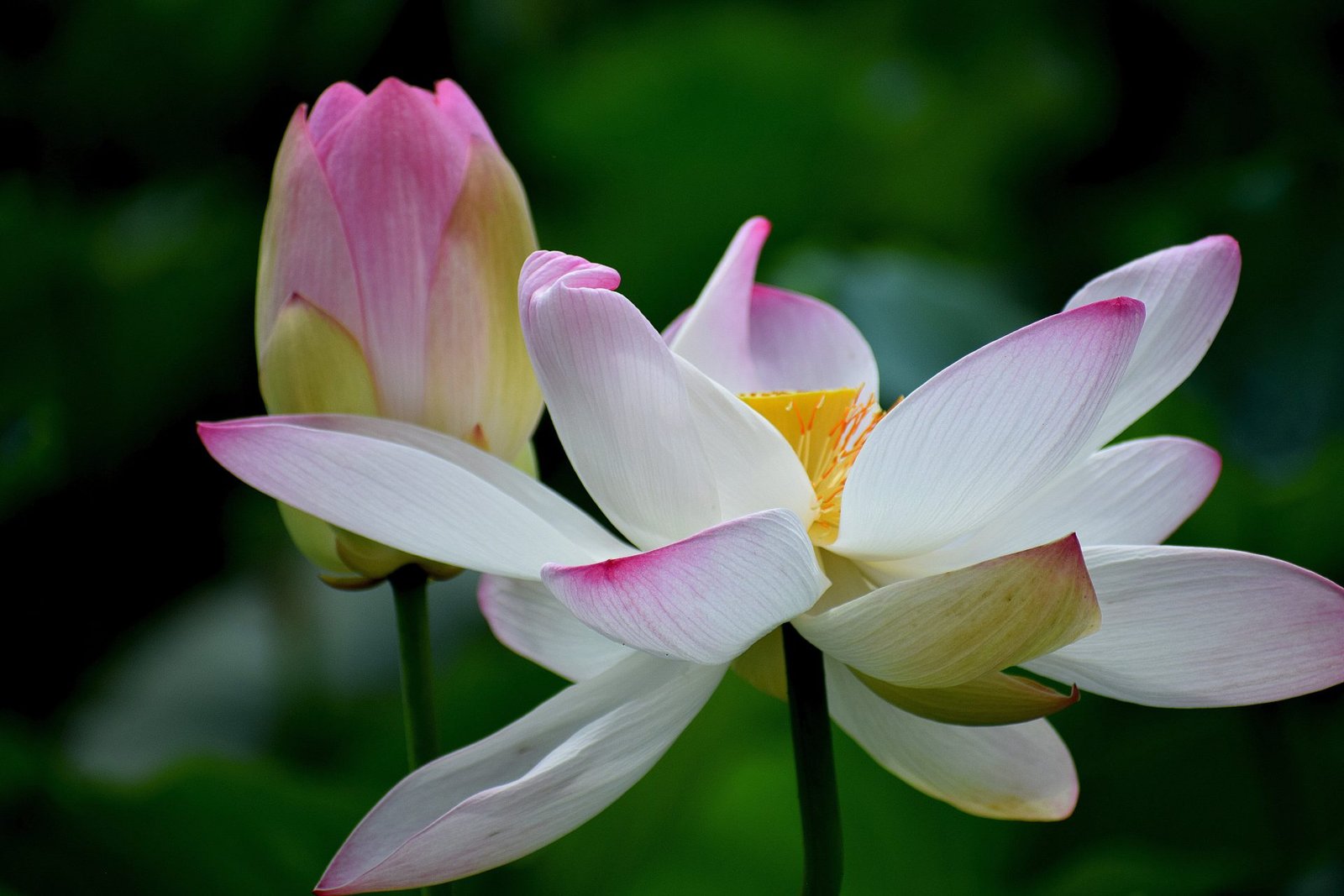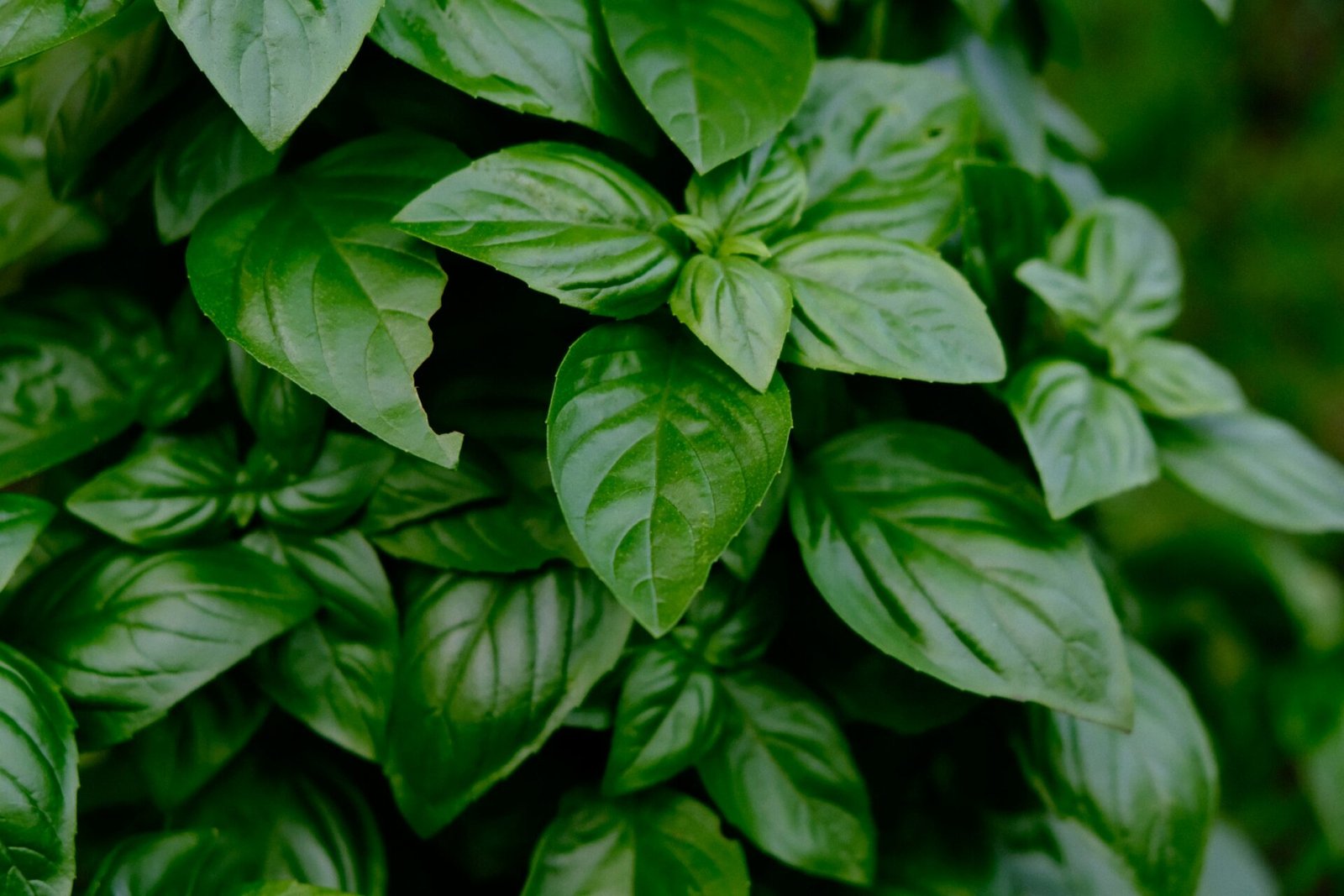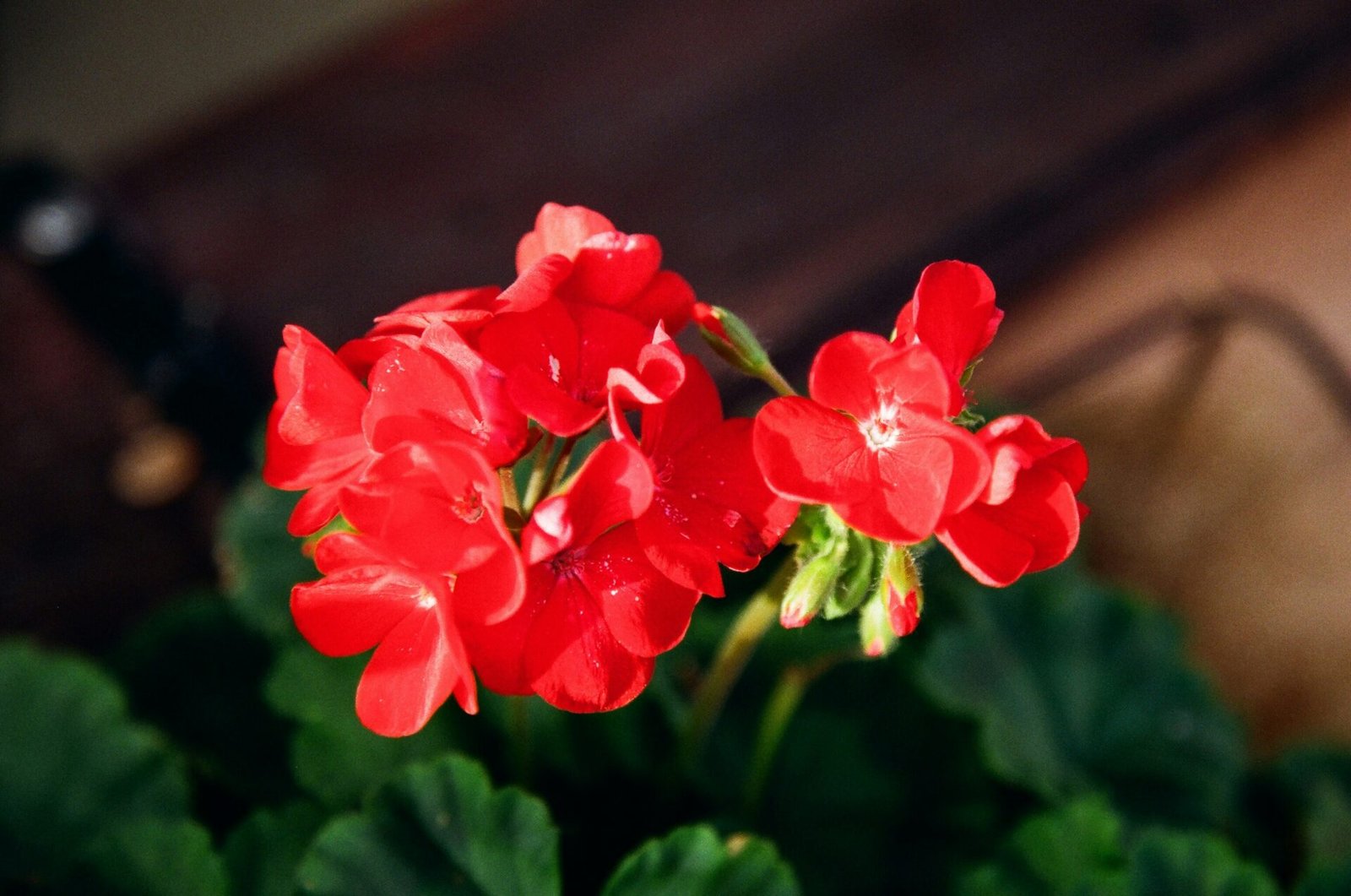Peace lilies have long been the go-to for indoor plant enthusiasts looking to add a touch of elegance to their space. With their glossy leaves and striking white blooms, they’re a stunning addition to any room. But did you know they’re also one of the easiest plants to care for?
I’ve nurtured peace lilies for years, and I’m excited to share my top tips for keeping them thriving. Whether you’re a seasoned green thumb or a budding plant parent, my straightforward advice will help ensure your peace lily flourishes indoors.
Choosing the right spot for your peace lily
When you welcome a peace lily into your home, selecting the ideal spot is crucial for its health and longevity. Based on my experience, peace lilies aren’t too fussy about their location, but they do have preferences that will ensure they thrive. A well-chosen location can lead to a lush, blooming plant that becomes a focal point in any room.
Peace lilies enjoy moderate, indirect sunlight. Direct sunlight can scorch their leaves, causing brown spots and wilting. I’ve found that placing my peace lily near a north-facing window provides the perfect balance of light. This mild exposure encourages steady growth without the harsh effects of the sun’s full rays.
Remember, too little light can also be a problem. You’ll know if your peace lily needs more light if you notice it’s not flowering or its leaves are turning a darker green. Staking out a spot that gets soft, filtered light during the day is your best bet for a happy plant.
Humidity is another factor to consider when finding a spot for your peace lily. They originate from tropical rainforests, so they’re accustomed to a humid environment. Bathrooms often provide the perfect humid conditions, especially if they have windows to let in natural light. Otherwise, I sometimes use a humidifier or place the pot on a tray filled with water and pebbles to increase moisture in the air.
Temperature consistency is key. Peace lilies prefer temperatures between 65°F and 80°F (18°C to 27°C). Sudden temperature changes can stress the plant, leading to leaf drop. Avoid drafty areas, such as near air conditioning units or open windows, which can cause dramatic temperature fluctuations.
- Moderate, indirect sunlight
- North-facing window recommended
- Soft, filtered light if not flowering
- Humid environment; use of humidifier or pebble tray
- Temperature range: 65°F to 80°F (18°C to 27°C)
- Avoid drafty areas
Considering these factors will help you find an area where your peace lily will not only survive but flourish. Paying attention to its growth and adjusting its location as necessary is part of my routine plant care—it’s how I stay connected to the natural well-being of my leafy companions.
Providing proper lighting for your peace lily
Peace lilies thrive in moderate, indirect sunlight which mirrors the dappled light of their native rainforest habitats. This can’t be overemphasized based on my experience cultivating these plants. Direct sun, especially during hot summer months, can scorch their delicate leaves, leading to brown spots and a less than healthy appearance.
Remember, these tropical plants are understory species in the wild, so it’s natural they’d prefer similar conditions in our homes. But what does moderate, indirect sunlight look like in a home setting? Well, I’ve found that situating a peace lily several feet away from a north-facing window, or behind a sheer curtain in an east or west-facing window, balances the light well. The goal here is to mimic the bright, yet filtered canopy light.
Occasionally, peace lilies might tell you they’re not getting enough light. If their leaves are leaning toward the light source or if you notice fewer flowers and slower growth, it’s a clear signal for adjustment. Conversely, yellow leaves or a bleached, washed-out appearance often indicate too much direct sunlight. It’s all about observing your peace lily’s reactions and learning to read its needs.
To really maximize light exposure without risking harm, I like to rotate my peace lily every time I water it. This simple practice encourages even growth and ensures all sides of the plant receive an equal amount of light. Providing optimal lighting isn’t just about plant placement; it’s also about routine care that takes lighting needs into account.
Adjusting your peace lily’s lighting might involve some trial and error at first. But once you dial in the perfect spot with ideal light conditions, you’ll see your peace lily produce those elegant white blooms and lush foliage that make this plant a favorite among indoor gardeners. Keep an eye on your peace lily’s growth and how it behaves in different lighting scenarios to provide the best care possible.
Watering your peace lily correctly
Proper watering is crucial to keep your peace lily healthy and flourishing. I’ve found that these plants prefer soil that is consistently moist but not waterlogged. The key is to establish a regular watering routine that prevents the soil from drying out completely.
When checking to see if your peace lily needs water, feel the top inch of soil. If it’s dry, it’s time to water. Typically, this means watering once a week, but it can vary depending on the humidity and temperature of your home. I suggest using lukewarm water to avoid shocking the plant’s roots with extreme temperatures.
Overwatering can be as harmful as underwatering. Signs of overwatering include yellowing leaves and a wilting appearance, despite the soil being wet. To avoid this, ensure your peace lily’s pot has adequate drainage holes. After watering, allow the excess to drain out completely—don’t let the pot sit in standing water as this can lead to root rot.
In contrast, peace lilies will tell you when they’re thirsty. Their leaves droop visibly in a dramatic plea for moisture. However, try not to wait for this sign before you water the plant, as repeatedly allowing the peace lily to wilt can stress the plant and affect its long-term health.
For those interested in specifics, here’s a simple watering schedule to consider:
| Condition | Watering Frequency |
|---|---|
| Top inch of soil is dry | Water the plant |
| Environmental humidity | Adjust frequency accordingly |
| Leaves are drooping | Water immediately |
| After watering | Drain excess water |
Remember that seasonal changes can affect how often your peace lily needs water. During the warmer months, it may require more frequent watering, while in the cooler months, it’s often less. Always touch the soil and observe your plant’s leaves to gauge the best watering intervals.
By maintaining the right balance with watering, your peace lily will have the best chance to produce its iconic white blooms and lush green foliage. Keep in mind that your intervention mimics the rainforest’s natural conditions, promoting optimal growth and vitality in your indoor environment.
Maintaining proper humidity levels
Peace lilies, much like other tropical plants, thrive in environments that mimic their natural habitat. High humidity levels are crucial for their well-being, making it essential to monitor the moisture in the air within your home. Ideally, peace lilies prefer humidity levels around 40% to 60%.
There are several effective strategies to boost humidity around your peace lily:
- Grouping Plants: Placing your peace lily near other plants creates a microclimate with higher humidity due to collective transpiration.
- Pebble Trays: Set your pot on a tray filled with pebbles and water which will evaporate and increase humidity.
- Humidifiers: A more consistent solution involves using a humidifier, especially during dry winter months.
- Misting: Lightly misting the leaves can also help, but it’s not as effective or lasting as the other methods.
Monitoring the humidity can be done with the help of a hygrometer. This device gives you an accurate read of the humidity levels, enabling you to take prompt action whenever necessary.
Adjusting your indoor environment to maintain these levels ensures that your peace lily has the moisture it needs to grow. It’s crucial to note that while maintaining humidity, proper air circulation is also important to prevent the onset of pests or diseases. I find that occasional airing or using a gentle fan can achieve this balance.
Seasonal changes will affect the indoor humidity. Typically, during the winter months, indoor air tends to be drier. It’s important to pay attention to these changes, as your peace lily may require more frequent humidity adjustments to stay healthy and vibrant. Keep an eye on the tips of the leaves, as browning can indicate that the air is too dry. If you see these signs, it’s time to increase the humidity around your peace lily.
Fertilizing your peace lily
When nurturing peace lilies, fertilizing is key to promote lush foliage and stunning blooms. These plants aren’t heavy feeders, but they do appreciate a boost during their growing season. I’ll walk you through the best practices to fertilize these beautiful indoor plants.
Spring through summer is the ideal time to fertilize your peace lily. This is when they’re actively growing and can intake the nutrients most effectively. I recommend using a balanced, water-soluble fertilizer every 6 weeks during this period. Halving the recommended strength on the label prevents the buildup of mineral salts that could harm the plant’s roots.
There’s a variety of fertilizers you can choose from, but I’ve found success with ones formulated specifically for indoor plants or those labeled as suitable for tropical plants. Here’s what I typically look out for:
- Balanced NPK ratios (Nitrogen, Phosphorus, Potassium)
- Micronutrients like Magnesium and Zinc
- Low or no urea content to avoid root burn
One crucial aspect I’ve learned is to ensure the soil is moist before applying any fertilizer. This helps prevent root shock and ensures the nutrients are evenly distributed through the soil.
During fall and winter, peace lilies slow down their growth, and it’s wise to stop fertilizing. This rest period is when your plant gathers strength for the next growing season. If you continue to apply fertilizer, you risk harming the plant as the dormant roots aren’t able to process the extra nutrients.
For those who prefer organic options, worm castings and fish emulsion are great alternatives. They’re gentle on the plant and enrich the soil with natural nutrients. Remember to follow the instructions carefully as organic fertilizers can have varying concentrations.
Remember to always keep an eye on your peace lily’s response to fertilization. Signs like yellowing leaves or a halt in growth may indicate a need to adjust your fertilization strategy. Regularly checking the soil condition and adjusting your plant care routine helps maintain a vibrant and healthy peace lily.
Dealing with common pests and diseases
When nurturing peace lilies indoors, an encounter with pests or diseases is not uncommon. Spider mites, mealybugs, and scale are the usual suspects that tend to attack these otherwise resilient plants. These pests can cause significant damage if not addressed promptly. If I spot spider mites, I often notice tiny webs and yellow or brown spots on the leaves. Mealybugs present as white cottony masses on the leaves and stems, while scale appears as small brownish or tan bumps on plant surfaces.
I always start with the least toxic methods for managing pests. A strong spray of water can dislodge many of the pests from my peace lily. If needed, I’ll follow up with an application of insecticidal soap or neem oil, which are effective and safer alternatives to harsh chemical pesticides. It’s vital to apply these treatments regularly until the pests are completely gone.
Diseases like root rot and leaf spot can also afflict peace lilies. Overwatering is often the culprit that leads to root rot, a condition where the roots of the plant start to decay. To avoid this, I make sure to check the soil moisture level before watering—peace lilies prefer their soil to be damp, not soggy. For leaf spot disease, I maintain proper air circulation around my plants and keep the foliage dry.
Performing routine checks is key in keeping my peace lily healthy. At a glance, I look for:
- Discoloration or spotting on leaves
- Sticky residue or webs on the plant
- Uncommon leaf drop or wilting
Early detection makes managing these issues much easier. Once I’ve treated my peace lily for pests or diseases, I continue to monitor its progress, ensuring that the plant is recovering well and that there are no lingering issues. Maintaining a clean space around my peace lily also helps prevent future infestations or outbreaks.
Conclusion
Caring for peace lilies indoors isn’t just about keeping them alive; it’s about helping them thrive. With the right balance of light, humidity, and nutrients, these elegant plants can be a stunning addition to your home. Remember, vigilance against pests and diseases is key to ensuring your peace lily remains healthy and vibrant. By staying attentive and employing gentle, effective treatments, you can enjoy the lush, air-purifying qualities of your peace lily for years to come. Trust me, the effort is well worth the lush greenery and serene ambiance they bring to your space.





